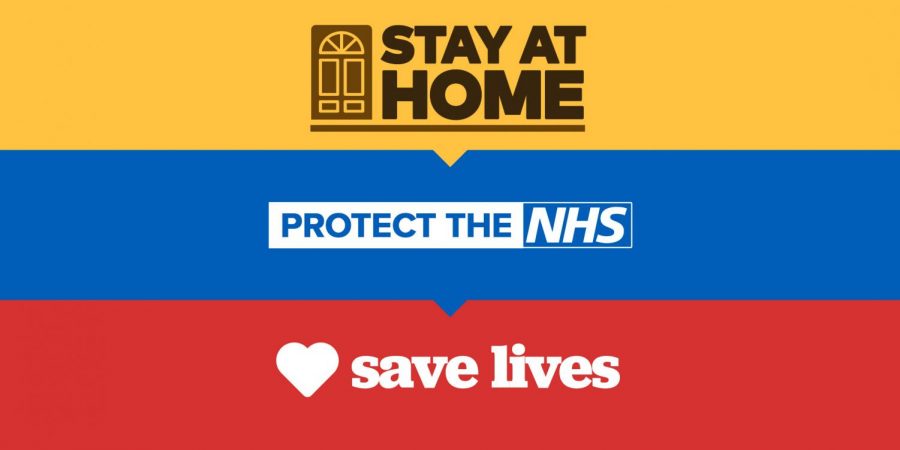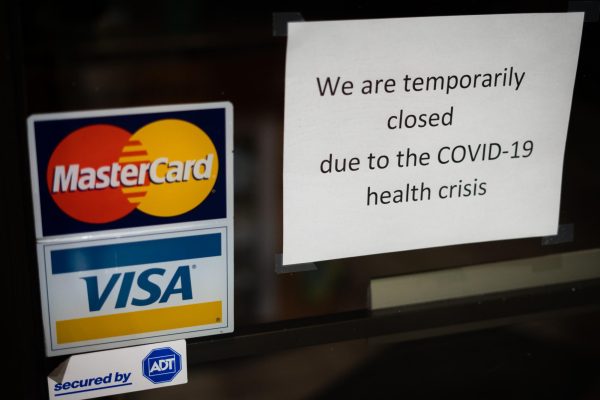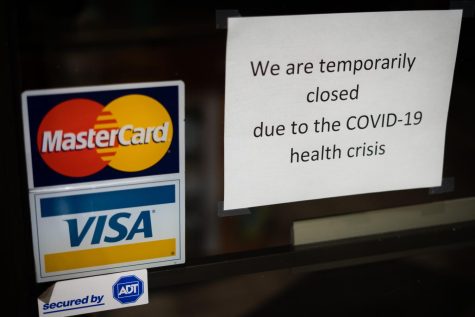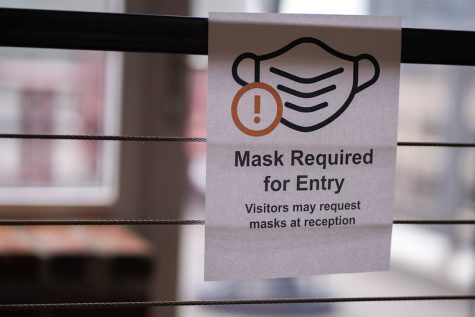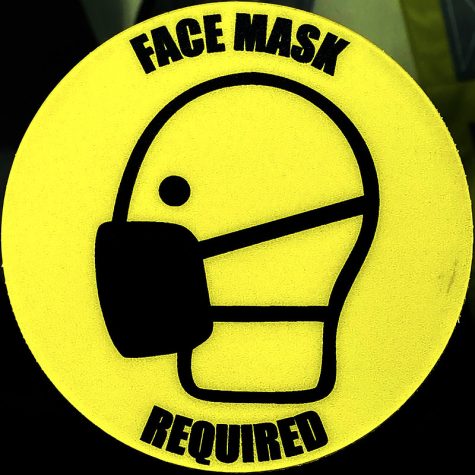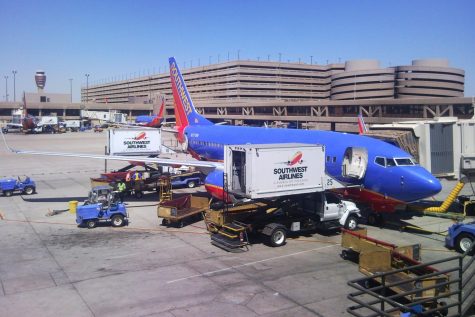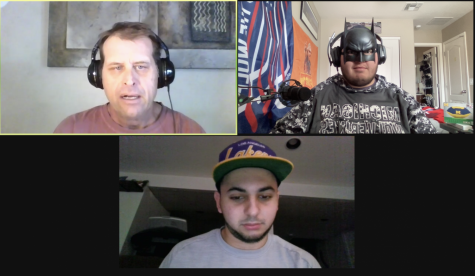Many states mandate shelter-in-place restrictions to slow spread of COVID-19
An image from the United Kingdom urging people to help protect health workers by self-isolating
March 26, 2020
Just last week, only a few states like California, New York and New Jersey had issued orders for their residents to stay at home. Today, it’s easier to count the states which haven’t placed restrictions on the people who live there.
Arizona is one of a handful of Western states, along with Montana, Nevada, North and South Dakota, Nebraska and Wyoming, who have not imposed mandatory shelter-in-place orders.
According to a New York Times article updated today, 21 states, 47 counties and 14 cities across the United States have imposed restrictions on around 200 million people in an attempt to slow the rapid transmission of novel coronavirus which causes the disease dubbed COVID-19.
A Newsweek article by Seren Morris published on Tuesday describes what a shelter-in-place order means and how it differs from a lockdown, a tactic that some countries like India have recently adopted to more aggressively slow the COVID-19 outbreak.
Morris explained that “shelter-in-place” typically means that people should stay home except for essential reasons like buying groceries or getting medical supplies. The term “stay at home” seems to be being used interchangeably with “shelter-in-place”.
According to the article, a lockdown is much stricter than a shelter-in-place order. A lockdown, like Italy and Spain have adopted, generally involves the institution of a curfew and usually requires people to not leave a certain area, without a valid reason, at risk of being fined or arrested. Lockdowns can also mean travel restrictions, like banning visitors from high-risk areas.
According to N.Y. Times, the mandatory restrictions may vary from state to state and some states have only issued stay at home orders for specific cities or counties.
California was the first state to issue a stay at home order on March 19, it simply states that everyone living in the state should stay home except those outlined in a document defining workers involved with critical infrastructure.
In Utah, a stay at home order goes into effect tomorrow for only Summit County, where Dr. Rich Bulloch, the county health director, claims the per capita cases of COVID-19 are similar to parts of Italy and New York City.
New Mexico’s statewide order took effect on Monday, although the proclamation excludes many types of businesses and only requires the state’s lodging facilities to operate at 50% occupancy or less.



